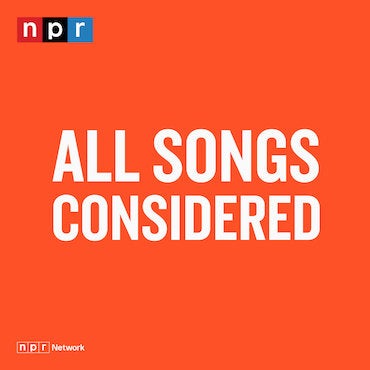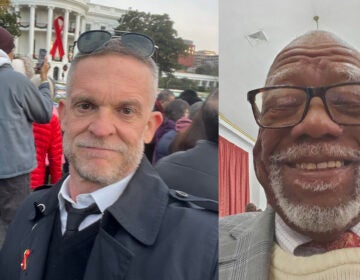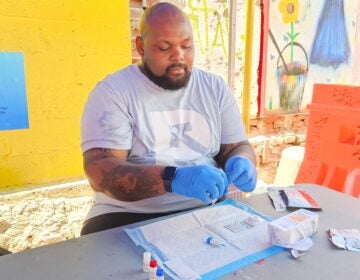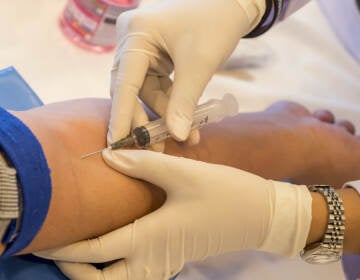Syringe exchange saved billions in HIV-related costs in Philadelphia, study finds
A new report finds that Prevention Point Philadelphia averted more than 10,000 HIV cases, over the course of 10 years.
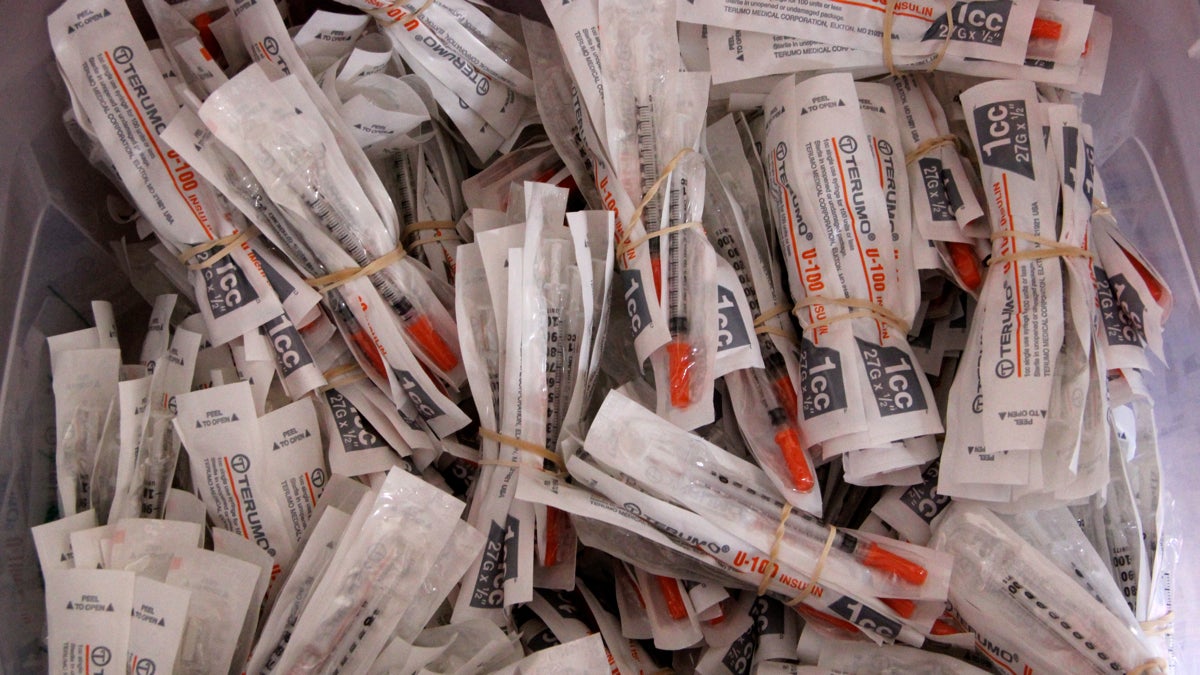
Needles are bundled in tens for Philadelphia's Prevention Point's exchange program. (Emma Lee/WHYY)
HIV prevention efforts are often focused on changing individual behavior: Use condoms; don’t share needles. But the way people behave depends on environmental factors, too, like the availability of contraception or clean needles.
Those factors are often the result of policy change.
That’s why a new study aims to measure the impact of syringe exchange programs on incidences of HIV diagnosis in Philadelphia and Baltimore. The report, published in the Journal of Acquired Immune Deficiency Syndromes, uses a predictive model to analyze the impact that sanctioning syringe exchange programs — illegal in both cities until the early 1990s — had on the HIV epidemic. The study was funded by the National Institute on Drug Abuse and had support from the University of Pennsylvania, the Philadelphia Department of Public Health, and Prevention Point, among others.
Prevention Point started operating illegally in Philadelphia’s Kensington neighborhood in 1991. Soon after, then-Mayor Ed Rendell signed an executive order declaring HIV/AIDS a public health emergency in Philadelphia and authorized syringe exchange to address it. Prevention Point opened legally in 1992.
Using actual HIV data from 1984 through 2015, researchers used a modeling technique to predict how many cases of HIV would have been diagnosed during the 10-year period after the opening of Prevention Point had the syringe exchange program not started. They found that between 1993 and 2002, 10,592 cases of HIV were avoided because of access to clean syringes.

Next, researchers multiplied that number by the average cost of HIV treatment during a single patient’s lifetime: about $230,000. That’s $2.4 billion over 10 years, or roughly $240 million annually.
Monica Ruiz, associate professor at the Milken Institute School of Public Health at George Washington University and lead author on the study, said even after accounting for the estimated programming costs, the return on investment was $182.5 million a year in Philadelphia.
“That’s a good deal,” said Ruiz. “The beauty of syringe exchange and syringe access services and harm reduction is that it’s very cost-effective. These programs don’t cost a lot of money to implement.”
The researchers controlled for the impact other advances in HIV prevention may have had by observing a control group. They looked at HIV diagnoses among men having sex with men who did not use injection drugs, to analyze the impact syringe exchange had on new HIV diagnoses. The logic there is that public health efforts outside of syringe exchange programs would have had an impact on both groups, while syringe exchange would have had an impact only on people who inject drugs, allowing researchers to control for other variables such as prevention campaigns that might have increased treatment.
Researchers said the study shows that small investments in harm-reduction measures can yield large savings in treatment costs, which can free up more funds for other services to help people who inject drugs, such as overdose prevention and housing.
Similar predictive models have been used to forecast the return on investment of a proposed supervised injection site. The logic is simple: Preventing overdoses and infection related to injection drug use brings down ambulance costs, expensive emergency room visits, and longer hospital stays. Because many people who use drugs are on public insurance, this savings transfers to the taxpayer.
A 2017 study led by Sharon Larson of the Lankenau Institute for Medical Research estimated that a hypothetical supervised injection site in Kensington could save more than $1.5 million a year in costs associated with skin and soft tissue infections resulting from injection drug use.
In addition to savings derived from health care costs associated with hepatitis C, HIV and injection-related tissue infections, supervised injection sites would cut costs related to overdoses. The 2017 Larson study found that a supervised injection site in Kensington could avert between 24 and 76 deaths annually, resulting in a cost savings of $12 million to $75 million each year.
WHYY is your source for fact-based, in-depth journalism and information. As a nonprofit organization, we rely on financial support from readers like you. Please give today.

